1. Cable TV Subscriptions
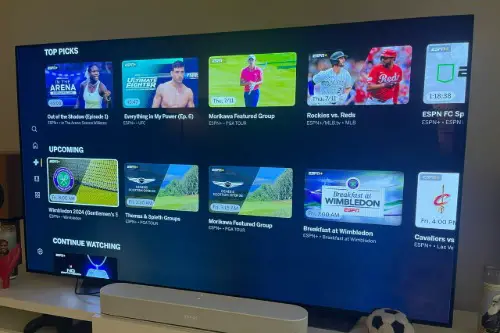
Even though people constantly complain about rising costs, endless fees, and channels they never watch, cable TV still refuses to die, according to Rani Molla from Vox. With streaming services offering more affordable and flexible options, you’d think everyone would have cut the cord by now. Yet millions of Americans still pay for cable, either out of habit, for live sports, or because they get a “bundle deal” that somehow never feels like a deal. The frustration is real, but so is the autopay—so cable keeps thriving despite the backlash.
Part of the problem is that canceling cable isn’t always easy, with providers making you jump through hoops just to quit. And while streaming services seem like the obvious alternative, their costs are creeping up too, making cable look slightly less terrible by comparison. Plus, some people just like the ease of flipping channels without having to decide what to watch. So even though everyone groans about it, cable TV isn’t going anywhere just yet.
2. Extended Car Warranties
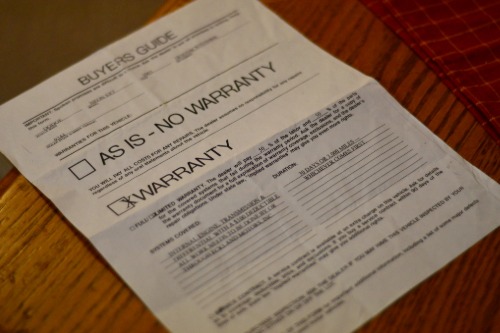
Nobody likes getting those relentless phone calls about their “expiring car warranty,” yet Americans still spend billions on these plans, according to Jeff S. Bartlett from Consumer Reports. The irony is that many extended warranties turn out to be useless when you actually need them. People complain about denied claims, fine-print exclusions, and companies that disappear when it’s time to pay up. Still, fear of expensive car repairs keeps people signing up, hoping their plan will be the one that actually comes through.
Dealerships and third-party providers push these warranties hard, often making them seem essential when buying a car. The reality is that most new cars are already covered under manufacturer warranties, making extended ones redundant for years. Yet, the fear of a surprise repair bill convinces people to take the gamble, even if they later regret it. It’s a classic case of paying for peace of mind that often turns into frustration.
3. Lottery Tickets
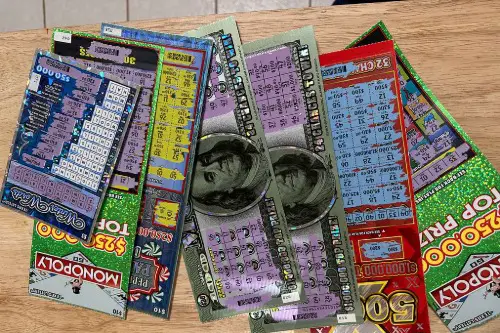
Americans love to joke about how playing the lottery is a “tax on people who don’t understand math,” but that doesn’t stop them from buying tickets. Despite the ridiculously low odds, millions of people still throw money at Powerball and scratch-offs every week, according to Chloe Berger from Fortune. There’s something about the dream of instant wealth that keeps hope alive, even when the reality is a wallet full of losing tickets. Every jackpot announcement brings another wave of hopeful players, even if they know deep down they probably won’t win.
The appeal goes beyond just the slim chance of winning—it’s about the thrill and the “what if” factor. Some people treat lottery tickets like entertainment, justifying the cost as a tiny price for a few moments of excitement. Others see it as their only shot at financial freedom, despite the overwhelming odds against them. Love it or hate it, the lottery isn’t going anywhere as long as people still crave that one-in-a-million chance.
4. Fast Food Dollar Menu Items
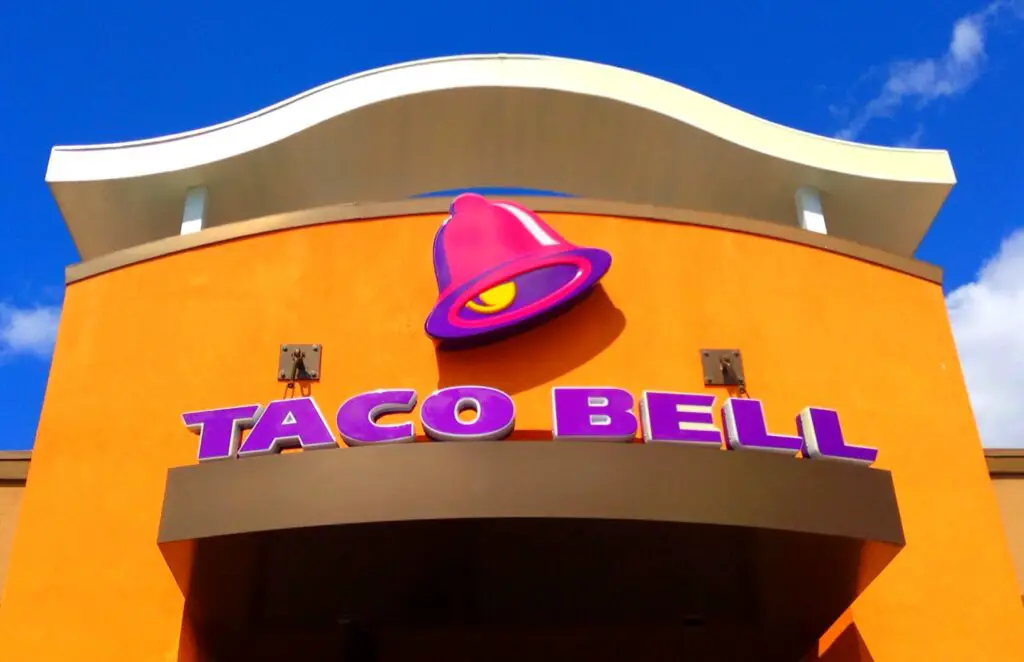
Everyone loves to complain about how fast food is unhealthy, overly processed, and barely resembles real food. Yet somehow, the dollar menu at McDonald’s, Taco Bell, and Wendy’s still thrives. It’s hard to resist when you’re hungry, in a rush, or just don’t feel like cooking, no matter how many times you swear you’re done with it. People talk about wanting fresh, organic meals, but convenience and price always win in the end.
Even when fast food chains raise prices and shrink portion sizes, people still keep coming back. The familiarity of those fries or that late-night burger run is too strong to resist, even if it’s followed by regret. Plus, with inflation hitting grocery stores, fast food often seems like the cheaper option—even when it’s really not. So while people might love to hate it, the drive-thru line isn’t getting any shorter.
5. Bottled Water
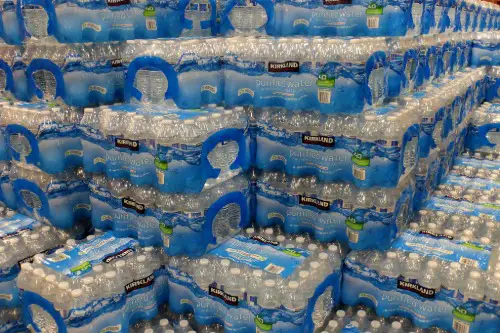
Bottled water is one of the most criticized products in America, with complaints about plastic waste, price gouging, and the fact that tap water is often just as good. Still, stores can’t keep it off the shelves because people buy it in bulk without a second thought, according to Shaun Chavis from HowStuffWorks. Whether it’s for convenience, habit, or distrust of municipal water sources, bottled water remains a multi-billion-dollar industry. Even when people own reusable bottles, they still somehow end up grabbing a plastic one when they’re out and about.
Some argue that bottled water is safer or tastes better, but in many places, it’s just filtered tap water with fancy branding. Others buy it for emergencies or road trips, but then it becomes an everyday habit. The environmental impact is massive, yet the convenience factor keeps winning. Until cities make tap water more appealing and accessible, bottled water sales will stay strong, no matter how much people complain.
6. Timeshares

Ask anyone who owns a timeshare, and chances are they regret it—or at least know someone who does, according to Kathleen Wong from USA Today. The endless fees, the complicated booking system, and the difficulty of reselling make timeshares one of the most hated investments around. Yet, despite all the horror stories, people still get roped in by those “free” vacation presentations. The promise of a luxurious getaway feels too good to pass up, even when the reality is far less glamorous.
The problem is that once you buy in, you’re stuck paying fees whether you use it or not. Getting rid of a timeshare can be a nightmare, with resale values often close to nothing. Still, resorts manage to convince people that it’s a smart way to vacation, even when renting a hotel would be way easier. It’s a decision people love to hate—especially after they realize how hard it is to escape.
7. Cheap Earbuds
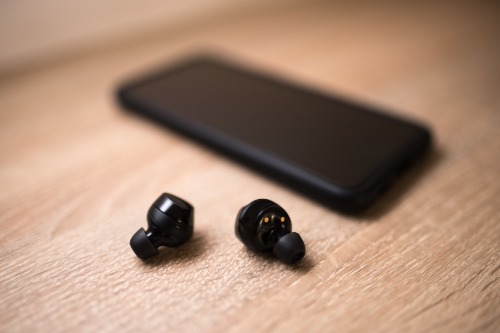
Everyone knows that cheap earbuds sound terrible, break easily, and never last more than a few months. But instead of investing in a quality pair, people keep buying the $10 drugstore ones over and over again. Maybe it’s because they lose them constantly or just don’t want to spend big on headphones. Either way, cheap earbuds continue to sell, even though people groan every time one side stops working.
The funny part is that over time, replacing cheap earbuds again and again probably costs as much as a good pair. Yet, the temptation to grab a quick replacement is just too strong. Companies know this, which is why they keep making them, even if no one is really happy with the quality. Until people start valuing durability over convenience, the cycle of frustration will continue.
8. Pre-Cut Fruits and Vegetables
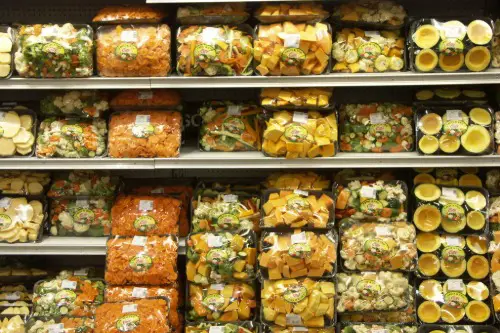
People love to mock grocery stores for selling pre-cut watermelon or peeled oranges in plastic containers. It seems ridiculous to pay extra for something you could do yourself in seconds. Yet, these overpriced convenience items still fly off the shelves because, well, they’re just easier. No matter how much people scoff at them, busy shoppers keep grabbing them to save time.
There’s also the fact that some people just don’t like chopping things or dealing with messy fruit. Sure, it costs more, but the appeal of instant, ready-to-eat food is strong. Even those who hate the idea of paying extra for convenience find themselves doing it occasionally. The price tag might make people cringe, but the convenience factor is just too tempting.
9. Instant Coffee
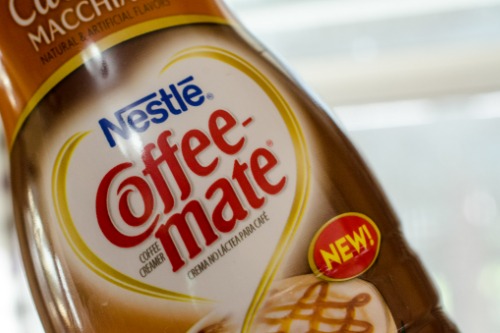
Despite the rise of specialty coffee shops and the growing obsession with quality brews, Americans continue to buy instant coffee. It’s cheap, fast, and doesn’t require any special equipment, making it a go-to for busy mornings or when you’re in a pinch. Sure, the taste might not compare to a freshly brewed cup, but for many, the convenience is a bigger draw than the flavor. Instant coffee is often considered a “necessary evil”—people aren’t thrilled about it, but they’ll keep buying it because it gets the job done.
The irony is that people will grumble about the taste but still drink it without thinking twice. For some, it’s simply part of their routine, whether they’re rushing to work or trying to avoid spending money at coffee shops. And while coffee lovers preach the benefits of freshly ground beans and artisanal methods, instant coffee remains an affordable option that’s hard to beat in terms of speed. Until coffee culture evolves into something more inclusive of convenience, instant coffee will remain a staple on grocery shelves.
10. Plastic Straws
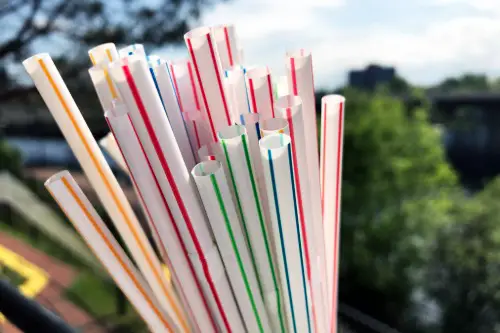
Plastic straws are one of the most reviled single-use plastic items, yet they still keep showing up at restaurants and fast-food chains across America. While many states and cities have implemented bans, you can still find them in places where sustainability hasn’t quite caught up. Part of the issue is that while people love to gripe about their environmental impact, the convenience factor is often too strong to overcome. You’ll often see people grabbing a straw without thinking twice, even if they have reusable ones in their bags.
Despite efforts to reduce plastic waste, businesses still hand them out by the handful, and consumers don’t always opt for alternatives. It’s easier to just ask for a straw than to ask for one of those metal or paper ones that can be awkward to use. The reality is that while many Americans feel guilty about using plastic straws, the habit has remained stubbornly entrenched. Until people make more mindful choices in daily life, plastic straws will keep finding their way into drinks.
11. Single-Use Coffee Cups
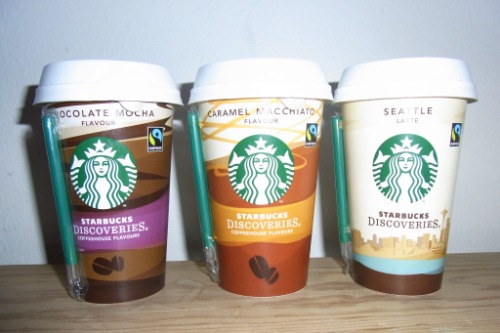
As much as people complain about waste, single-use coffee cups from chains like Starbucks continue to dominate the market. Despite the push for reusable cups and the environmental impact of disposable ones, many Americans still opt for the convenience of a throwaway cup. Whether it’s because they’re in a rush, don’t want to carry around a cup, or simply forget, the habit persists. The cups are ubiquitous, even though the environmental impact is huge—and, frankly, most people know it.
What makes it even worse is that the cups and lids aren’t always recyclable or biodegradable, meaning they end up in landfills. Even though reusable cup programs are in place at many coffee shops, people still gravitate toward the disposable ones. Some love the sense of convenience and the “special” feeling of getting a coffee from their favorite café. Until there’s a more seamless way to make reusable cups the default, single-use coffee cups will likely remain a staple in the American daily grind.
12. Frozen Dinners
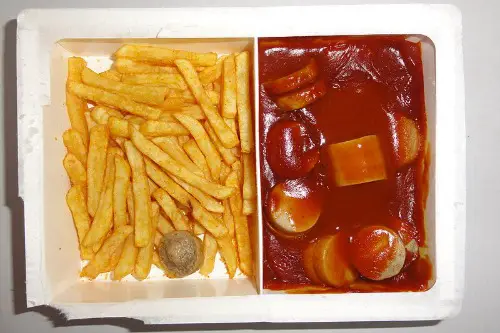
Frozen meals often get a bad rap for being unhealthy and tasteless, but they continue to sell in huge quantities across the U.S. Even though everyone knows they’re loaded with preservatives and sodium, people still buy them for the convenience. After all, there’s nothing quite like popping a frozen dinner in the microwave after a long day when you’re too tired to cook. The fact that they’re cheap, quick, and require almost zero effort makes them hard to resist.
Though fresh meals are often touted as the healthier and more satisfying choice, frozen dinners remain a staple for people on tight budgets or tight schedules. Some people even argue that newer brands have improved the taste and quality, offering healthier options without sacrificing convenience. Still, the popularity of frozen meals persists, whether out of necessity or pure laziness. While we might keep talking about how we need to cook more at home, the allure of a frozen dinner will never fade entirely.


